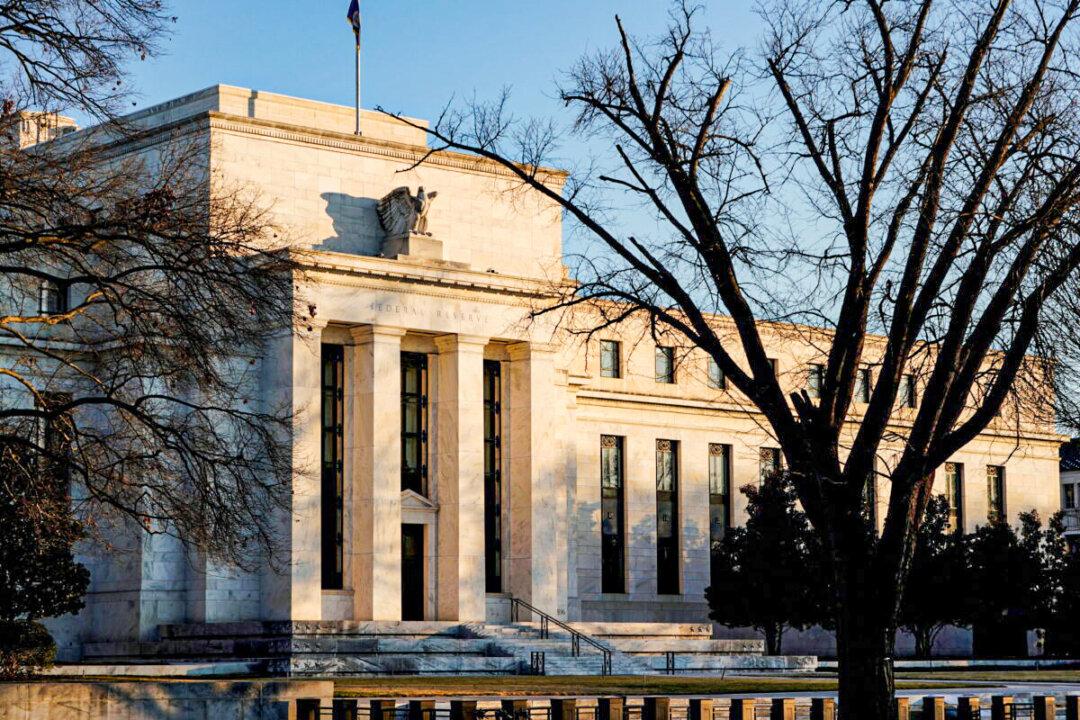Commentary
Inflationists are cheering the rise in lending growth as it appears to be a sign of reflation and economic growth as we head into the new year. With the Fed rapidly tapering its balance sheet, a rise in lending growth is providing validation that inflation is here to stay and that perhaps the economy is on the edge of a long-anticipated secular rise in inflation.





